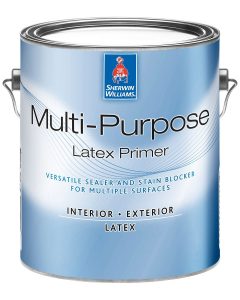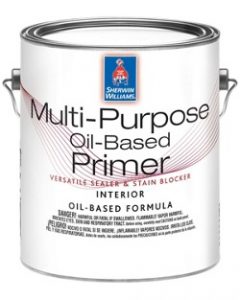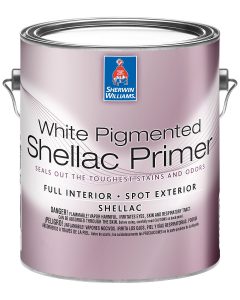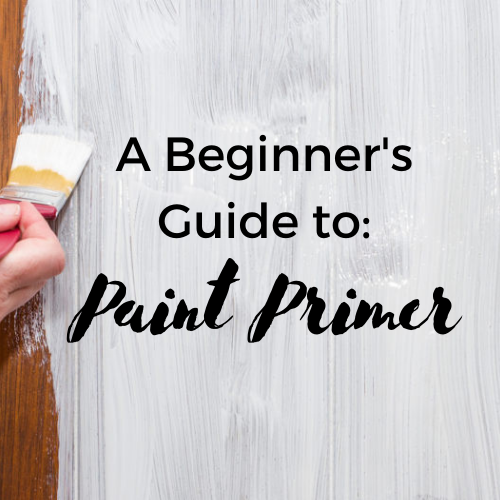Priming can often be overlooked in a painting process. However, it is sometimes the most important part. Whether you are painting yourself, or having professionals paint your home, it is important to know how and why certain primers are used. If you’re looking for these answers, you’re in luck! Below you will find a beginner’s guide to paint primer.
Uses of Paint Primer:
- Prepare the surface for paint
- Create a uniform base coat
- Improve paint adhesion
- Cover up stains or bright/dark colors
When is Primer Necessary?
Drywall that has never been painted
New drywall is an extremely porous material, therefor priming will be necessary to execute a quality paint job. Without primer, it would take many layers to build up the proper protective coating needed from paint, which is a waste of materials and time. Wood is also an extremely porous material and requires priming as well.
Nail Holes/Drywall Repair
Any place where holes, seams, or cracks have been repaired will need to be primed. However, usually in these cases you can get away with spot priming the specific areas that have been repaired, instead of the entire wall.
Changing from a Gloss to Flat or Matte finish
Glossy finishes do not adhere to paint well. You will most likely need a couple coats of primer when painting over a high or semi glossy surface. In addition to primer, it can also be helpful to lightly sand the wall. This will roughen up the surface and make the primer and paint adhere more easily.
Changing Color from Dark to Light
If you are painting over a very dark or bright color, such as SW6321 Red Bay, priming will be your best friend. Dark colors are very difficult to cover up with paint alone. As with new drywall, you will need many more coats of paint than if you were to prime the area. Prime the entire wall with one to two coats of a white primer, and you will be able to cover the color much quicker. In certain situations a tinted paint primer can also be useful to reduce the amount of finish coats needed.
The Wall hasn’t been Painted in A While
If your walls have had the same paint on them for many years, it is always safe to use a primer. This ensures that the new paint will stick and look as even as possible. Also, in older houses it is very common to find that the previous paint was oil-based. In which case, a latex primer will be necessary to ensure adhesion.
The Wall is Stained
Walls can get stains from a number of causes; two of the most common being smoking and mold. In order to have an even finish coat, these stains need to be covered with primer beforehand.
Can I Ever Get Away with Not Priming?
There are few instances where just a finishing coat would suffice. If the walls are exceptionally clean. Usually this would mean they’ve been cleaned by a professional, or you have cleaned them with a tri-sodium phosphate and water solution. Also, if your new color is extremely similar to, or the same as, the previous paint. However, if you are questioning whether to prime or not, we always suggest priming. Paint primers are usually relatively inexpensive, and it will not add too much time to your project. Usually the extra time spent priming is more than made up for in the time it saves you on applying the finish coats.
Types of Primer
Latex
- Good for drywall and soft wood materials
- Fast Drying
- Low VOC
- Less Smell
- Less Smell

Oil-Based
- Stain Blocking
- Deeply Penetrates Substrate
- Longer Dry Time
- Prone to Cracking
- Interior/Exterior

Shellac/Alcohol
- Thin and Clean
- Best of Both Worlds
- Fast Drying
- Blocks Smells (Such as smoke residue) and Tannins
- Has Odor and VOC emissions
- Interior (Should only be used to spot-prime Exterior Surfaces)



